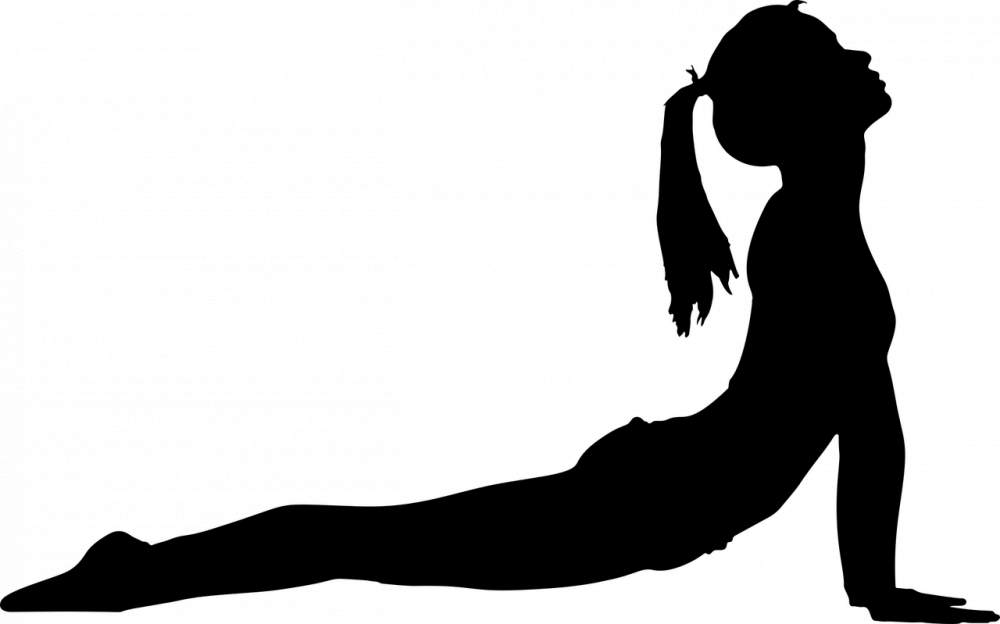Hypopressive training exercises, also known as hypopressive gymnastics or hypopressive abdominal exercises, are a type of exercise that aims to strengthen the core muscles while improving posture, breathing, and pelvic floor function

This article will provide a comprehensive overview of hypopressive training exercises, including what they are, different types, their popularity, quantitative measurements, differences between exercises, and a historical analysis of their benefits and drawbacks.
I. Introduction to Hypopressive Training Exercises
Hypopressive training exercises are a specialized form of exercise that primarily focuses on the core muscles, including the abdominal, pelvic floor, and lower back muscles. These exercises are designed to activate the deep muscles of the core through specific breathing techniques and postures.
By engaging in hypopressive training exercises, individuals can improve their overall fitness, strengthen their core, and enhance their body’s functional movements and stability. Additionally, these exercises have been found to alleviate certain symptoms such as urinary incontinence and improve sexual function.
II. Comprehensive Presentation of Hypopressive Training Exercises

A. What are Hypopressive Training Exercises?
Hypopressive training exercises were developed in the 1980s by Dr. Marcel Caufriez, a Belgian physiotherapist. The exercises involve a combination of specific breathing techniques, body postures, and abdominal contractions to engage the deep core muscles. The aim is to create a vacuum effect in the abdominal cavity, activating the transversus abdominis and pelvic floor muscles.
B. Types of Hypopressive Training Exercises
1. Abdominal Hypopressive Exercises
Abdominal hypopressive exercises focus on activating the deeper abdominal muscles, such as the transversus abdominis and the internal obliques. These exercises typically involve variations of the plank position and various breathing techniques to create the desired muscle activation.
2. Postural Hypopressive Exercises
Postural hypopressive exercises primarily work on improving posture and alignment of the spine while engaging the core muscles. These exercises often incorporate stretches, corrective exercises, and postural alignment techniques to address common postural issues such as slouching or hunched shoulders.
C. Popular Hypopressive Training Exercises
Some of the most popular hypopressive training exercises include the «Elevator Exercise,» the «Vacuum Exercise,» and the «Crusader Exercise.» These exercises vary in terms of difficulty level and target muscle groups but all aim to activate the deep core muscles and improve overall core strength and stability.
III. Quantitative Measurements of Hypopressive Training Exercises
To assess the effectiveness of hypopressive training exercises, various quantitative measurements can be utilized. These include electromyography (EMG) to measure muscle activation, ultrasound imaging to assess changes in the pelvic floor muscles, and respiratory function tests to evaluate breathing patterns and lung capacity.
IV. Discussion on Differences between Hypopressive Training Exercises
While all hypopressive training exercises aim to engage the deep core muscles, they may differ in terms of intensity, target muscle groups, and specific benefits. Some exercises may be more suitable for beginners, while others may provide more challenge for advanced practitioners. Understanding the differences between exercises allows individuals to tailor their training program to their specific needs and goals.
V. Historical Overview of Benefits and Drawbacks of Hypopressive Training Exercises
Over the years, hypopressive training exercises have gained popularity due to their numerous potential benefits, including improved core strength, posture, and pelvic floor function. However, it is important to acknowledge that there can be drawbacks and limitations to the practice. These may include the need for proper supervision during initial learning, the requirement for regular practice to maintain effectiveness, and potential contraindications for individuals with certain medical conditions.
In conclusion, hypopressive training exercises offer a unique approach to core strengthening and functional body movement. By incorporating specific breathing techniques and body postures, these exercises activate the deep core muscles and enhance overall fitness. While there are different types of hypopressive exercises, each with their own benefits and variations, it is essential to practice under proper guidance to maximize the effectiveness and reduce the risk of injury.





